Major Movements
This is an excerpt from Complete Conditioning for Tennis 2nd Edition With HKPropel Online Video by Mark Kovacs,E Paul Roetert,Todd S Ellenbecker.
Split Step
Early descriptions of the split step reported both feet landing on the court simultaneously after the athlete made a small jump and then reacted left, right, forward, or backward, depending on where the ball was hit. Now it is known that good athletes react in the air during the split and land on the foot farthest from their intended target a split second ahead of their other foot. For example, a right-handed player who is preparing to hit a forehand would land on the left foot first (figure 3.2a). Before the right foot touches the ground, the athlete subtly rotates the foot externally toward the intended movement toward the ball. For a right-handed player, this would result in the right foot landing and pointing outward (figure 3.2b). This movement pattern has been a natural evolution to improve the athletes' ability to react to the incoming ball and maximize their ratio of movement to time.
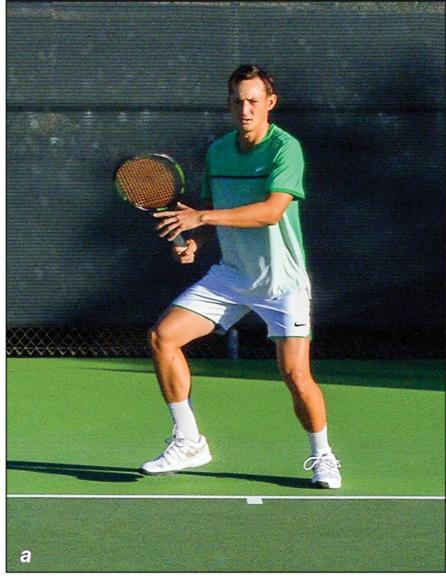 |
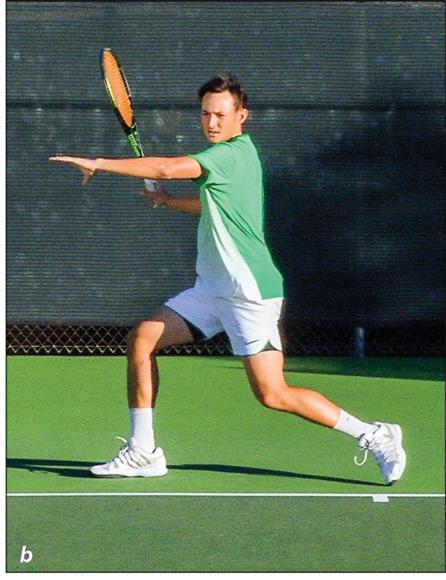 |
Split step landing: (a) loading on left foot; (b) right hip rotation.
Major Movements
Although thousands of movements occur in a single tennis match, a certain number of movements are common to the sport of tennis. Becoming proficient in these major movements will help you become a better mover on the tennis court and therefore a better overall player. Training for tennis requires that you repeat good quality movement patterns on a regular basis. Having a clear understanding of the correct movement patterns and how best to train to improve them will speed your improvement and make you more efficient on the court. Over time it can also reduce the chance of injury resulting from inefficient movements, poor loading patterns, and overuse as a result of inappropriate mechanics.
The jab step is defined as stepping first with the lead foot in the direction of the oncoming ball (figure 3.3).
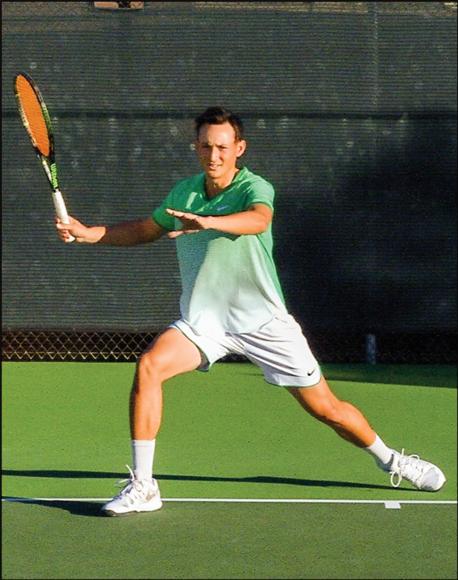
Jab step.
The pivot step involves pivoting on the lead foot while turning the hip toward the ball and making the first step toward the ball with the opposite leg (figure 3.4).
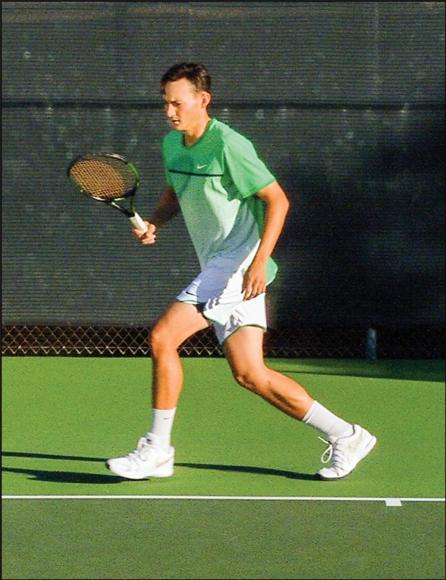
Pivot step.
The drop step (i.e., run-around forehand) involves explosively turning the hips and dropping the outside leg behind the body to instigate the first movement when working on setting up for a run-around forehand stroke (figure 3.5).
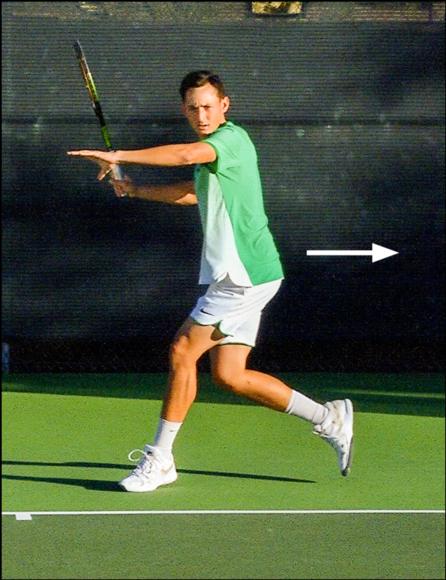
Drop step.
Learn more about Complete Conditioning for Tennis.
More Excerpts From Complete Conditioning for Tennis 2nd Edition With HKPropel Online VideoSHOP

Get the latest insights with regular newsletters, plus periodic product information and special insider offers.
JOIN NOW


